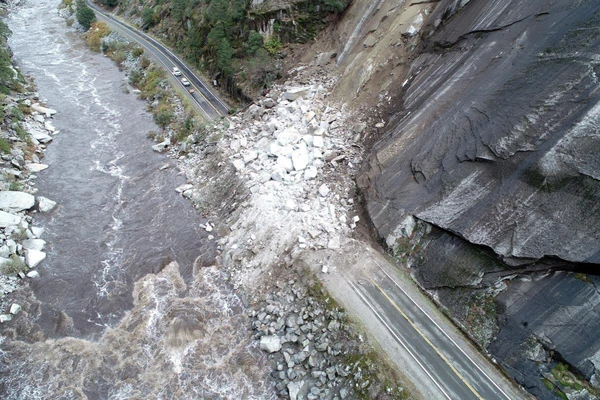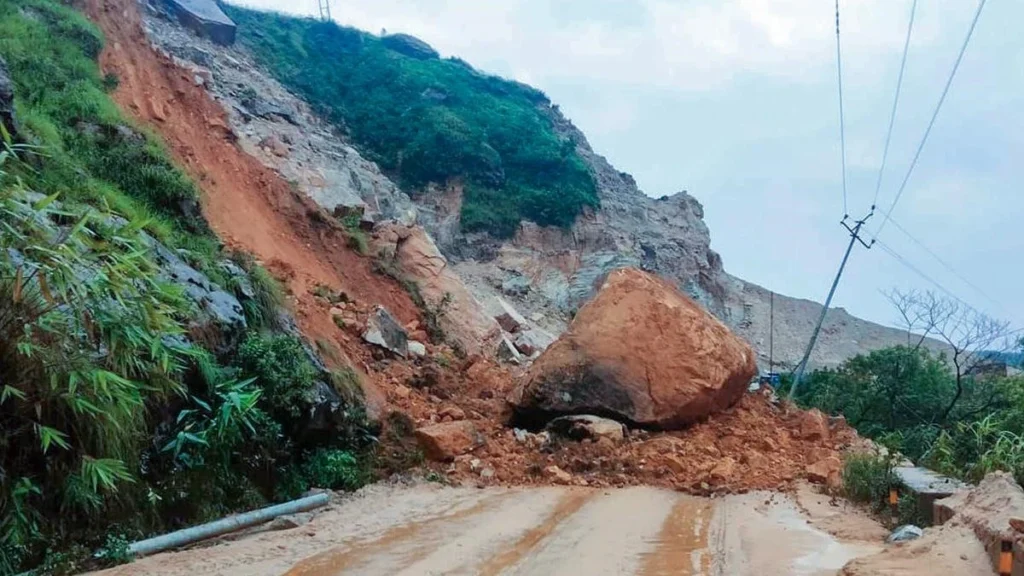Cyclone Remal recently triggered landslides in northeast India, involving the sudden movement of rock, debris, or earth from higher to lower elevations on steep mountain or cliff slopes.
About Landslides:
- Landslides, a type of “mass wasting,” occur due to the combined effects of gravity and moisture, and are categorized by the type of movement—slides, flows, spreads, topples, or falls—and material involved—rock, debris, or earth.
- The causes of landslides are diverse, including natural factors like rainfall, snowmelt, changes in water levels, stream erosion, groundwater changes, earthquakes, and volcanic activity, as well as human activities such as deforestation, excavation, dam construction, unplanned construction, agriculture, irrigation, and encroachment in vulnerable areas.
Ref: Source
| UPSC IAS Preparation Resources | |
| Current Affairs Analysis | Topperspedia |
| GS Shots | Simply Explained |
| Daily Flash Cards | Daily Quiz |
Frequently Asked Questions (FAQs):
What is a landslide?
A landslide, a type of “mass wasting,” occurs when gravity and moisture cause the movement of soil, debris, or rock down a slope. Landslides are classified by the type of movement (slides, flows, spreads, topples, or falls) and the materials involved (rock, debris, or earth).
Can landslides be predicted?
While predicting the exact time and location of a landslide is challenging, scientists can often assess areas at high risk based on factors like geology, rainfall, seismic activity, and land use patterns. Monitoring these factors helps in forecasting potential landslide events.



